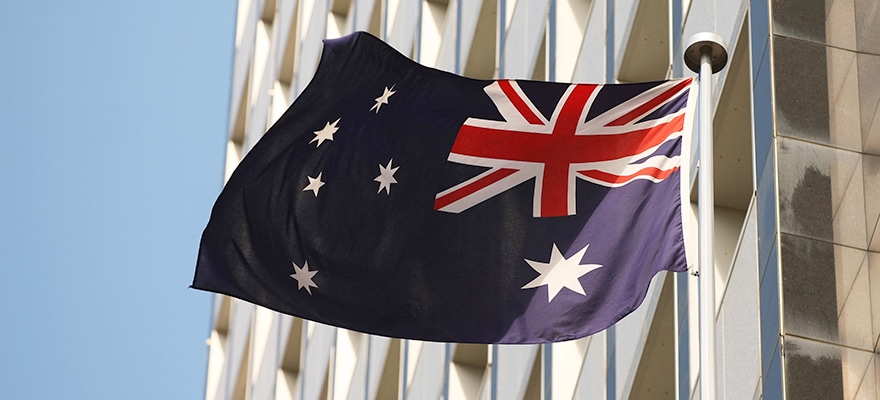This article was written by Patricia Tsang and Sophie Gerber (Director, TRAction Fintech Pty Ltd, which provides services to report on behalf of OTC derivatives issuers).
Australian issuers of OTC derivatives (with less than A$5 billion gross notional outstanding positions as of 30th June, 2014) will need to report for the first time from 12 October, 2015 under the ASIC Derivative Transaction Rules (Reporting) 2013 as amended (the Reporting Rules).
Data items to be reported
Under Reporting Rule 2.2.1, a reporting entity must report specified information, including information about:
- each of its reportable transactions; and
- each of its reportable positions.
For Phase 3 entities (essentially those with less than A$5 billion gross notional outstanding positions as of 30th June, 2014), reporting of information for each reportable transaction as set out in Part S2.1 of Schedule 2 to a relevant repository is required, and reporting of information for each reportable position as set out in Part S2.2 of Schedule 2 to a relevant repository. Part S2.1 of Schedule 2 essentially requires data items for each reportable transaction as listed in the tables there. Similarly, Part S2.2 of Schedule 2 essentially requires data items for each reportable position as listed in the tables there.
There are a large number of data items listed/required – including the legal name of the non-reporting counterparty and the identifier of the non-reporting counterparty (which will be, in the case of an individual, a client code assigned by the reporting counterparty but not, for example, the address/telephone number of the individual) – which has led to some concerns about the sensitivity/granularity of the data reported with respect to a particular reporting entity firm (and its business/profit model).
Single-sided reporting
Single-sided reporting relief may operate to ameliorate some of those concerns. Please see our previous article “Final Regulations on Single-Sided Reporting for OTC Derivatives” published on 20 September 2015 for details. Where the relief conditions are met, the exempt reporting entity will not need to report transactions/positions with the relevant reporting counterparty (although it will need to report transactions/positions with end users/customers/other parties not being reporting counterparties in relation to which relief conditions are met).
Snapshot reporting
Further, Reporting Rule 2.2.8(b) allows snapshot reporting as an alternative to lifecycle reporting in certain cases.
Under Reporting Rule 2.2.8 (b), a reporting entity may comply with Reporting Rule 2.2.1 in relation to a reportable transaction (for a non-excluded derivative) that takes place on a day (Relevant Day) by reporting information in relation to a derivative on its terms as of the Relevant Day.
According to the relevant ASIC Explanatory Statement for Reporting Rule 2.2.8, "snapshot" reporting is a form of reporting whereby reporting entities report positions as of each business day and which form is permitted in other jurisdictions, including the United States. Prior to Reporting Rule 2.2.8 being made, ASIC had recommended, in its Regulation Impact Statement, making end-of-day or snapshot reporting a permanent reporting option under the Reporting Rules.
Only certain data to be made publicly available
Finally, under the ASIC Derivative Trade Repository Rules 2013 (the Repository Rules), a licensed derivative trade repository is only required to make publicly available certain statistical data as set out in Repository Rules 2.3.5 and 2.3.6. Each of those Repository Rules provides that the statistical data published under that rule must not include derivative trade data capable of identifying a counterparty to a derivative transaction.
For more information on this area, please see previous published articles by the authors:
23 August, 2015 – “Australia – Will Single-Sided Reporting Relief Help OTC Derivative Issuers?”
6 September, 2015 – “Australia – To Whom Should Australian OTC Derivative Issuers Report”
10 September, 2015 – “Australia - October 12 Reporting Deadline Looming - Who needs to report under intermediary authorisation or authorised representative arrangements in relation to OTC derivatives?”
20 September, 2015 – “Final Regulations on Single-Sided Reporting for OTC Derivatives”
24 September, 2015 – “Australia – October 12 Reporting Deadline Looming -The Safe Harbour Benefits of Delegated Reporting”
30 September, 2015 - "Australia - October 12 Reporting Deadline Looming - What Are the Penalties for not Reporting?"















